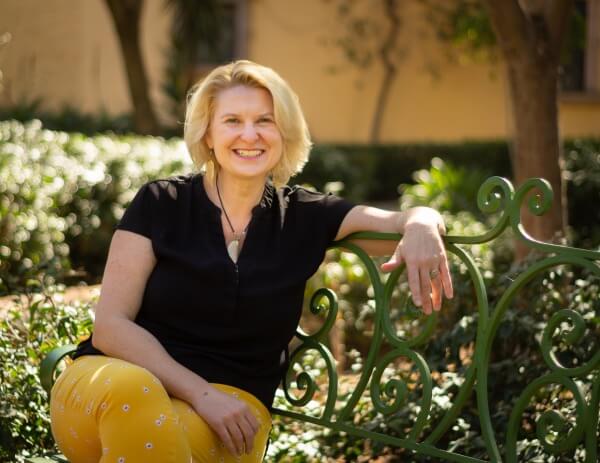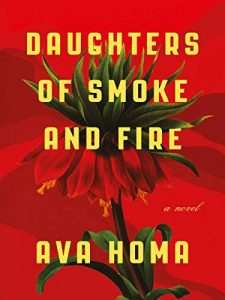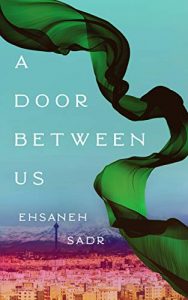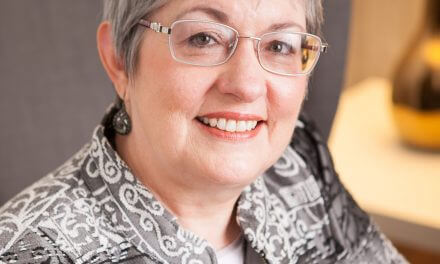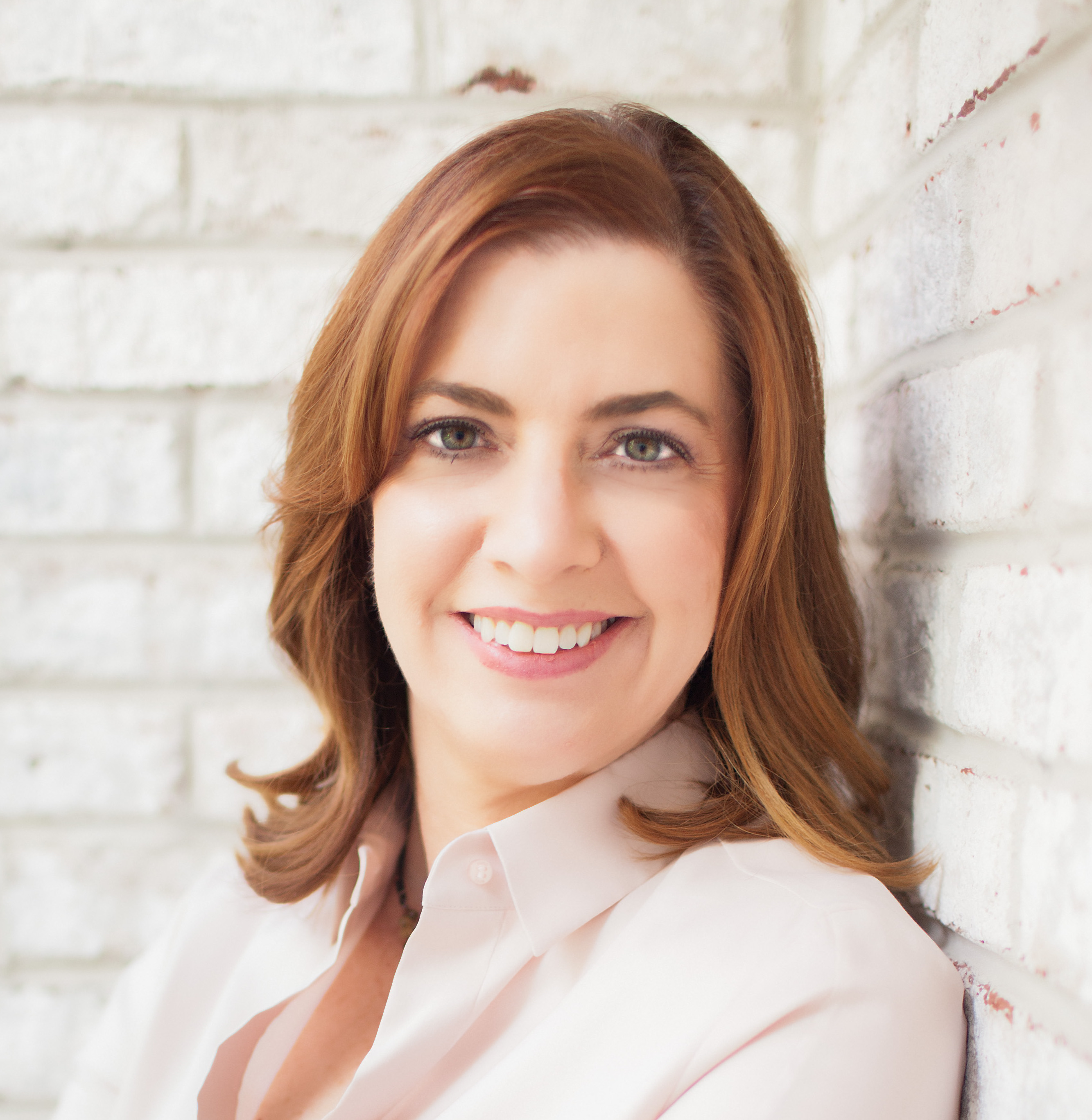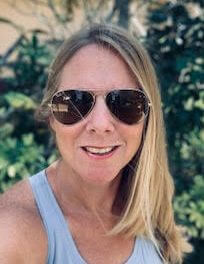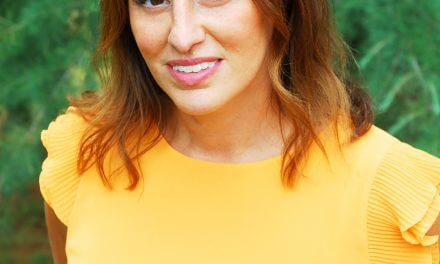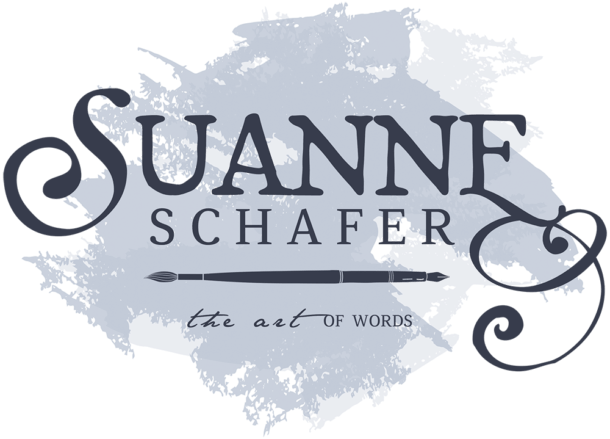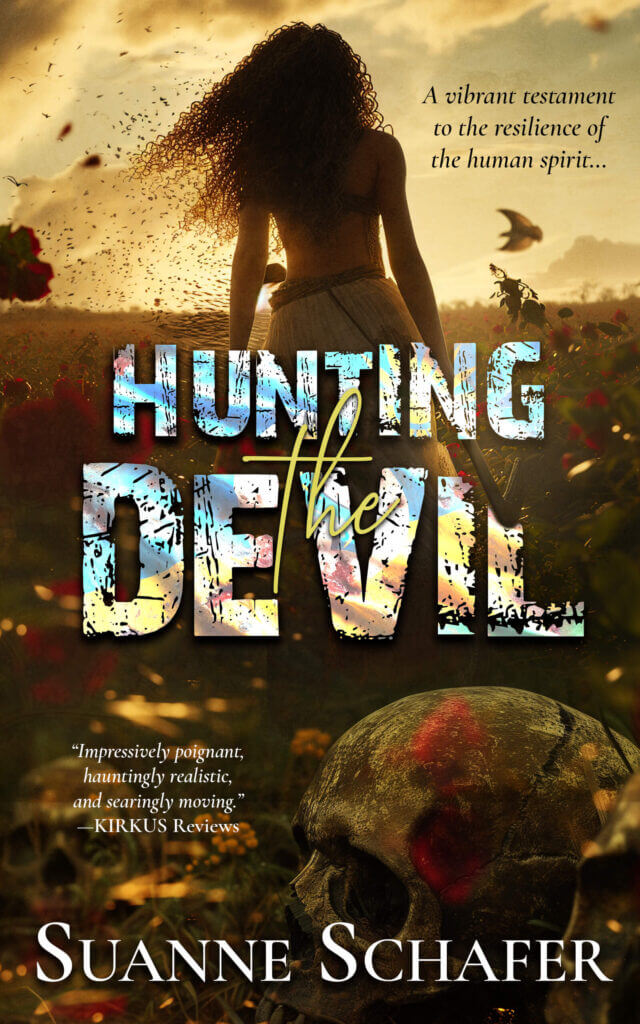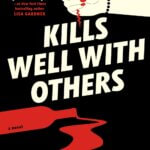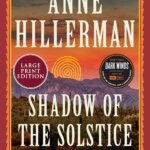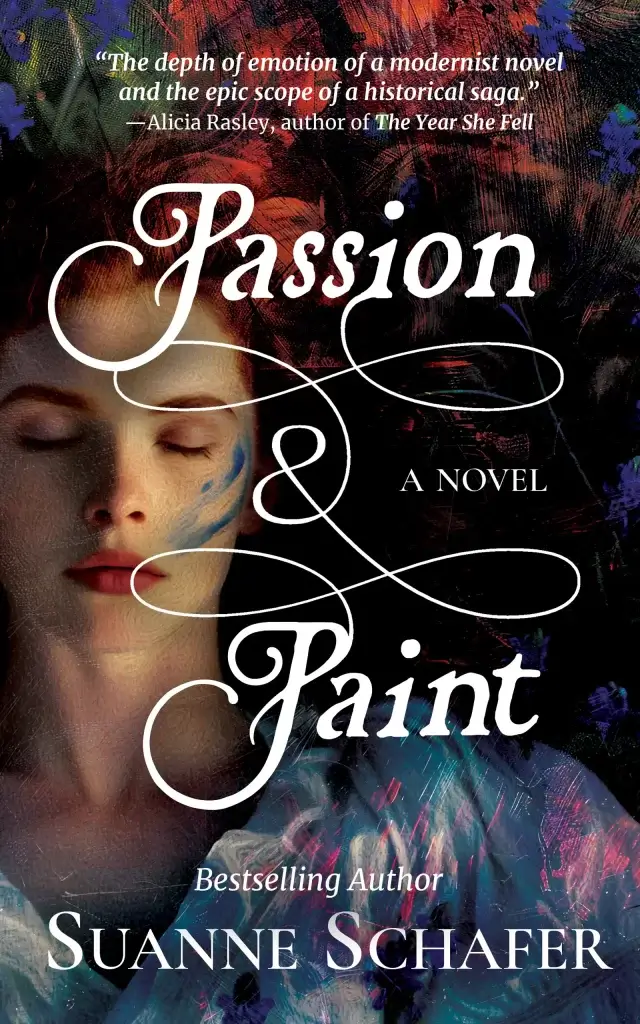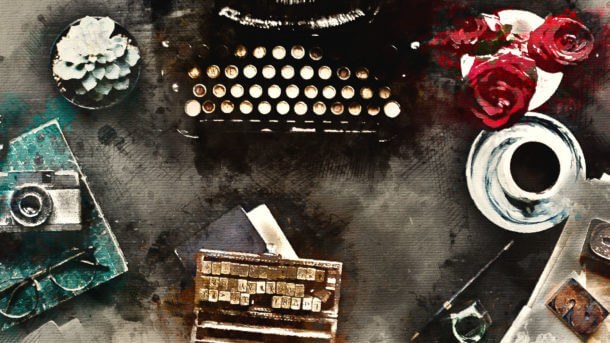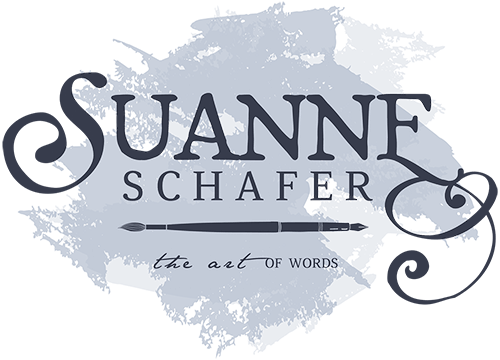I have the privilege of chatting from a social distance with Lainey Cameron. She’s an author of women’s fiction and a recovering tech industry executive. Her award-winning novel, The Exit Strategy, an Amazon #1 best seller, was inspired by a decade of being the only woman in the corporate boardroom. It’s been called a “rallying call for women to believe in themselves and join together” and tells the story of a Silicon Valley investor who first meets her husband’s mistress across the negotiating table. A digital nomad—meaning she picks locations around the world to live (and write) for months at a time—Lainey is an avid instagrammer and loves to share her travel tips and insights with readers. She’s a proud member and volunteer with Women’s Fiction Writers Association, believes community makes the author’s life worthwhile, and is on a mission to obliterate the term aspiring writer. Originally from Scotland, Lainey has a soft spot for men in kilts and good malt whisky, and when she’s not writing (or reading), you’ll find her hunting down new single malts, checking out rooftop bars, and when possible, hanging out with anything equine (donkeys rock!).
SS: Welcome, Lainey. It’s nice to have you on the blog. Let’s get started. Mark Rubinstein (Beyond Bedlam’s Door: True Tales from the Couch and Courtroom) says “Without chaos, there’s very little story to tell.” What’s the central conflict in your story? What’s the source of chaos?
LC: The story in The Exit Strategy is about two career women placed in an impossible situation. My main character, Ryn Brennan, is a venture capitalist (meaning she invests in start-ups for a living). In the opening pages, she’s happily married and about to sign a deal on which she’s bet everything. What she never imagined was facing her husband’s mistress across the negotiating table.
One thing I was adamant about as I developed the story was to break with the stereotypes of women becoming their own worst enemies and fighting over the guy who dumped them there. Instead, I wanted to show how female power and friendship can guide you out of the chaos.
SS: Where and when is your book set? How did you decide on the setting? The timeframe?
LC: I started this novel with an image of one scene: a wife calling her husband’s mistress, and the other woman being blindsided. And I knew they’d be forced to work together. From there, the decision to set it in Silicon Valley came from my own life experience. I’m a recovering tech industry executive, meaning I worked for twenty years immersed in the crazy world of Silicon Valley. It felt natural to share the experience of being the only woman in the board room.
SS: Dorothy Koomson (The Woman He Loved Before) says that she doesn’t set out to write “issue” stories but sets off on one course of research and then discovers something unexpected that changes the focus of the book. Does that sound like you?
LC: Absolutely. With this book, I didn’t set out to write a #MeToo missive, or what one reader called a “rallying call for women to believe in themselves and join together”. I simply decided to set the book in Silicon Valley. The sexism is part of the everyday fabric of life there, so it naturally wove its way into the story, and then became a core part of the plot. The advantage to writing fiction is you can choose the ending. Without giving it away, I wanted a fist-pump of a finale. I loved having flexibility to choose a more uplifting ending than often happens in real life.
SS: Do the parts of your story that move your readers most move you as well? Or does your special position as Creator give you a different ear for the highs and lows of the tale?
LC: I’ve been surprised and amused to see comments from readers like “I’ve never hated a character as much as I hated Todd” (the cheating husband character in the book). Reviewers even shared their secret desires to torture him in varying ways! I think I have more understanding for him. At some level we are all failed human beings, doing our best in this dance called life. To me as the writer, even the worst character still deserves a little empathy.
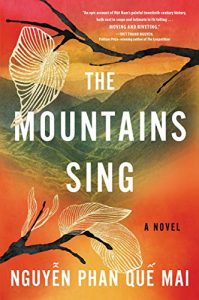
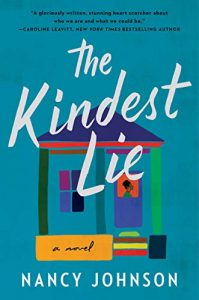
SS: Have any new writers grasped your interest recently?
LC: I’m excited about getting my hands on an ARC of The Kindest Lie by Nancy Johnson, which releases in early 2021. It’s a book for this time, when race continues to divide America and many of us want to understand how to be better allies. It tells a story set in 2008, just after the Obama election, of a black engineer who hasn’t gotten over abandoning her baby as a teenager. Upon returning to her hometown she befriends a young white boy, also looking for connection. It’s being called an emotional journey, and it’s getting great reviews already – including from Jodi Picoult!
SS: What would a fly on the wall see if he watched you while you are writing?
LC: My phone has been in left in another room. Two screens sit in front of me; one with my scene in progress, and another has a file where I’m constantly noting “thoughts for later”. Every so often, I open a tab on my browser, flip to Facebook or Instagram, mentally slap myself, and close it down again. You may also overhear me talking out loud to myself, both dialog between characters, and sometimes in a not-so-nice tone, especially if I just opened that Facebook tab!
SS: If you time-warped fifty years into the future and found that something you created has become a trope or buzzword, how would you feel? Would you feel cheated of royalties or vindicated as a genius?
LC: Vindicated (although I wouldn’t go so far as assuming genius!). For me, the concept that I could make a difference in a single reader’s life drives me to keep creating. If something I wrote is still around, or even better absorbed into popular culture fifty years from now, I’d say there’s a chance I achieved that goal.
SS: Do you believe in writer’s block? How about reader’s block?
LC: Yes to both! Although I find it more helpful to refer to writer’s block as plain old fear. Reader’s block can be similar; it happens when you no longer find joy and fulfillment in what you’re reading. Many friends have shared their experience of this during this anxiety-inducing pandemic time. One thing that can help is to free yourself from judgement about what you “should” be reading, and just let yourself read for pleasure. For example, although I read a lot of women’s and literary fiction, recently I’ve found it difficult to appreciate heavier themes. Whereas the fast-pace immersion of a thriller or the guaranteed happy ending of a romance can be comforting.
SS: What is your writing Kryptonite? What’s most likely to stop the flow of your words?
LC: Doubt and comparison. Similar to reader’s block, it’s about putting the weight of expectations on my shoulders and trying to be someone I’m not, at least at this moment. For example, my writing style is fast-paced and commercial. When I focus on that and how to keep the reader gripped and engaged, it flows. But if I compare to beautiful, descriptive literary style writing, then I stall out. I admire writers with that style, but it’s just not my voice.
SS: How do you give back to the writing community?
LC:This is an area about which I’m incredibly passionate. I say in my bio that I believe community makes the author’s life worthwhile. I’ve been blessed that every step of my writing journey (from learning craft skills, to beta readers, to finding the right path to publication) has been helped and supported by members of the women’s fiction writing community. That support grew out of the connections I made as a volunteer running workshops for Women’s Fiction Writers Association, then serving as VP of Programs for two years, and now I’m very involved with the 2020 debuts group; I run the @debuts2020 Instagram account, and an Instagram TV show called The Best of Women’s Fiction, which I use to uplift and promote fellow authors. My most frequent advice for new writers is to work out early how you can give back and support other writers, because that will be returned to you a hundred-fold.
SS: Are there any books on writing you find particularly useful and would recommend? (Please include links where you can)
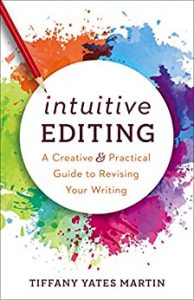
Full disclosure: I was lucky enough to beta read this book before it became a best-seller in writing books (in part, because Tiffany was the developmental editor for my novel), and I’ve been raving about it ever since!
SS: Who do you most wish would read your book?
LC: Reese Witherspoon. Not necessarily because of her book presence (although what women’s fiction author wouldn’t dream of having their book showcased on Reese’s Book Club?). I’d love for her to read my debut novel, because I admire what she’s achieved with her media brand, Hello Sunshine.
Reese wouldn’t let herself be relegated to the “actress over 40” box but grasped the reins and set about reshaping the very categories within which she plays. She’s redefined her own role in Hollywood and those available to others. In the process she created opportunities for many other women, and she’s enabling a diversity of new stories to be told.
SS: What epitaph would you want most to be written about you when it’s all said and done? What epitaph would you like at the end of your life?
LC: One of my favorite quotes, that sits on a plaque in my writing office, is by Vivian Greene: “Life isn’t about waiting for the storm to pass… It’s about learning to dance in the rain.” I guess I’d love to see; She learned to dance, no matter what the weather.
*********************
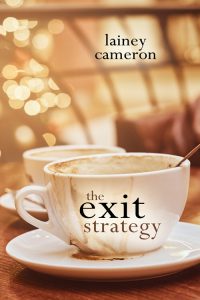
Amazon | B&N | Author Website | Bookshop.org
*********************
An excerpt from The Exit Strategy:
(Ryn’s) fingers flipped to the section of the folder with management biographies.
A photo of Carly Santos, BioLarge’s cofounder and chief scientist, smiled next to a biography full of patents and achievements.
Carly.
Ryn’s skin prickled. Prickled like the moment you notice inconsistencies in a company’s accounts. Or at night when you cross the road to avoid the man with the neck tattoo, and he follows you.
She studied the photo. Carly was a common enough name. There must be hundreds, thousands of women named Carly in the Bay Area.
Big doe eyes stared at her with a warmth that never showed in her photos. Ryn’s steely pose in leadership shots had become an office joke, with the other partners pushing her to smile just this once. But grinning on demand wasn’t how a woman got taken seriously in a world where testosterone dripped down the walls.
Ryn ran her finger along Carly’s waves of chestnut brown hair and studied the dimples in her smile. Ms. Santos was gorgeous in an unassuming, wouldn’t-steal- your-husband kind of way.
This woman, this professional, couldn’t be Todd’s Carly.
That would be ridiculous. Spanish soap opera ridiculous. Trashy television ridiculous.
She leaned over her keyboard and searched for the file of texts downloaded from Todd’s phone. She didn’t regret hacking into his account. Not since yesterday afternoon when she’d listened to the impatient valley girl twang of the receptionist at his conference hotel.
“Again, I’m sorry, ma’am, to keep repeating myself, but no matter how many times you ask, I cannot arrange a surprise massage for a Mr. Runyan.”
“Because he’s not staying there?”
“Like I said, I cannot disclose information about our guests, but I also cannot arrange the gift you’re asking for…”
Ryn rubbed her eyes, then pushed on her stomach, trying to still the slithers of every reaction she’d tailspun through since yesterday: starting with incredulity, then questioning her sanity, followed by checking his texts, and panic after she read the messages from Carly. As if the real Ryn, the one with everything under control who understood how life worked, exited stage left at the exact second she learned Todd lied about where he stayed.
“Soulmates have nothing on us,” he joked the night before he left, after delivering her Nutella toast with a kiss while they worked together late at the dining table. “Ten years and still best friends.” His fingertips caressed her shoulders and that sunbeam of a smile snuck across his face. “The sex ain’t all bad, either.”
He leaned over and closed her laptop in what had become a sign between them. No matter how hectic their work lives, they always made time for each other.
She struggled not to reread his—Five reasons I miss my Carly-bear—text on her computer while searching for his mistress’s phone number. Perhaps if she studied their hundreds of messages it might explain why he cheated, because so far nothing made sense. She and Todd were happy together. Weren’t we?
*********************
You can follow Lainey on social media here:
Website | Facebook | Instagram | Instagram TV | BookBub | Goodreads | Resources for Book Clubs
Lainey’s blog post about Intuitive Editing Book
